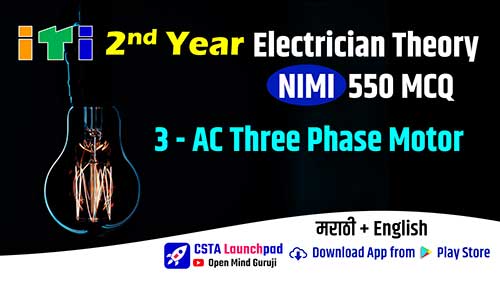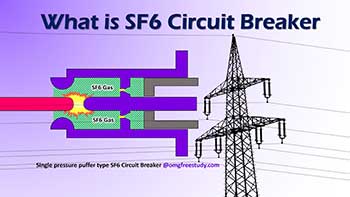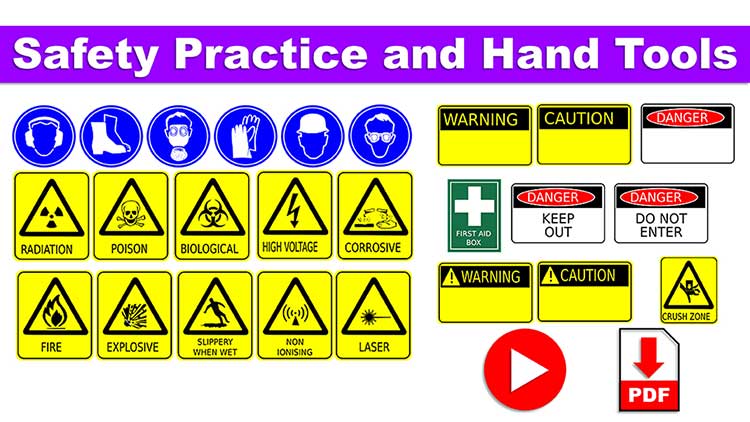Capacitor is a passive electrical or electronic component having two terminal that stores potential energy in the form of electrostatic field. It consists of two conducting plates separated by a dielectric insulating material. In simple, it is a device designed to store electric charge and the effect of capacitor is called as capacitance.
Table of Contents
ToggleConstruction of Capacitor:
It is an electrical or electronic device consisting of two parallel conductive plates, separated by a dielectric insulating material. Connecting leads are attached to the parallel plates for external connection.
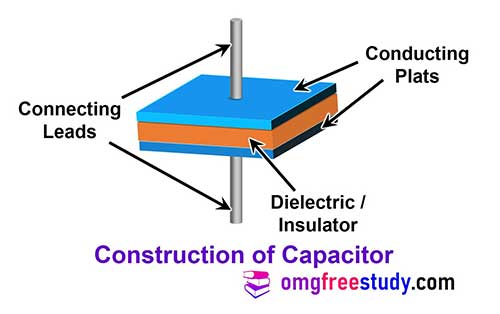
Function of Capacitor:
In a capacitor the electric charge is stored in the form of an electrostatic field between the two conduction plates. The dielectric material having ability to store energy in the form of electrostatic potential energy.
When it charged and keep that charge for a long period or till it is discharged through any resistor or wire. The unit of charge is coulomb and it is denoted by the alphabetic letter `C’.
How a capacitor stores charge?
In the neutral state, both plates A and B of a capacitors have an equal number of free electrons, as shown in Figure.
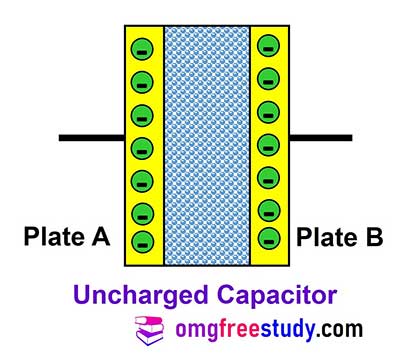
When the it is connected to a voltage source through a rated resistor (R). The negative charge electrons are removed from plate A, and an equal number of electron are deposited on plate B.
Plate A becomes positive and plate B becomes negative as shown in Figure.
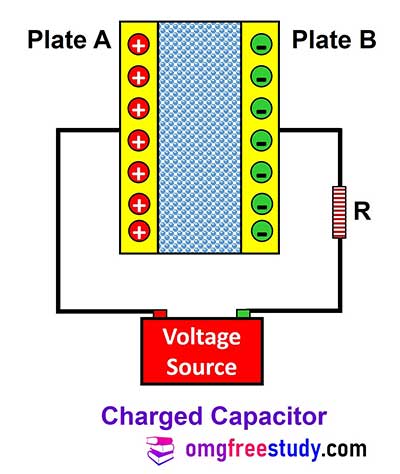
The insulation (dielectric material) between the two plates prevents the current from flowing through the capacitor.
As electrons flowing into the negative plate of a capacitor have a polarity opposite to that of the battery supplying the current. Therefore the voltage across the capacitor opposes the battery voltage.
When the voltage across the battery is equals to the capacitor voltage, then effective voltage in the circuit is zero and so the current flowing stop.
At this point, we say that the capacitor is fully charged, and no further current can flow in the circuit.
Module 5: Magnetism and Capacitors
- Magnetic terms, magnetic material and properties of magnet
- Principles and laws of electro magnetism
- The magnetic circuits – self and mutually induced emfs
- Capacitors – types – functions , grouping and uses
MCQ Questions PDF
This MCQ Question Is Taken From Bharat Skill Website Published By NIMI.
Objective questions on the above topics explain in video on YouTube.
